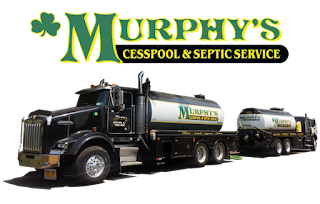Sewer Maintenance Tips | NYSeptic.com

www.NYSeptic.com SEWER MAINTENANCE TIPS PREVENTING SEWER LINE BACKUP AND OVERFLOW High on the list of experiences nobody wants to have is a sewer backup or overflow. Fortunately, this experience can usually be avoided by being aware of what causes backups and avoiding those causes, or contacting Murphy's Cesspool & Septic Services . The two primary causes of sewer backups and overflows are grease and roots throughout Nassau & Suffolk County, Long Island, NY. Not limited to the Long Island, NY area, but everywhere, grease is the most frequent cause of sewer problems . If cooking grease or oil is poured down the drain or flushed down toilets, even when followed by hot water, it eventually cools down, congeals, builds up, and hardens, eventually forming a plug in both residential and commercial sewer lines. Over time, this situation creates backups and overflows. This unfortunate situation can be avoided if you: Never pour grease down sink drains or into toilets Scrape
